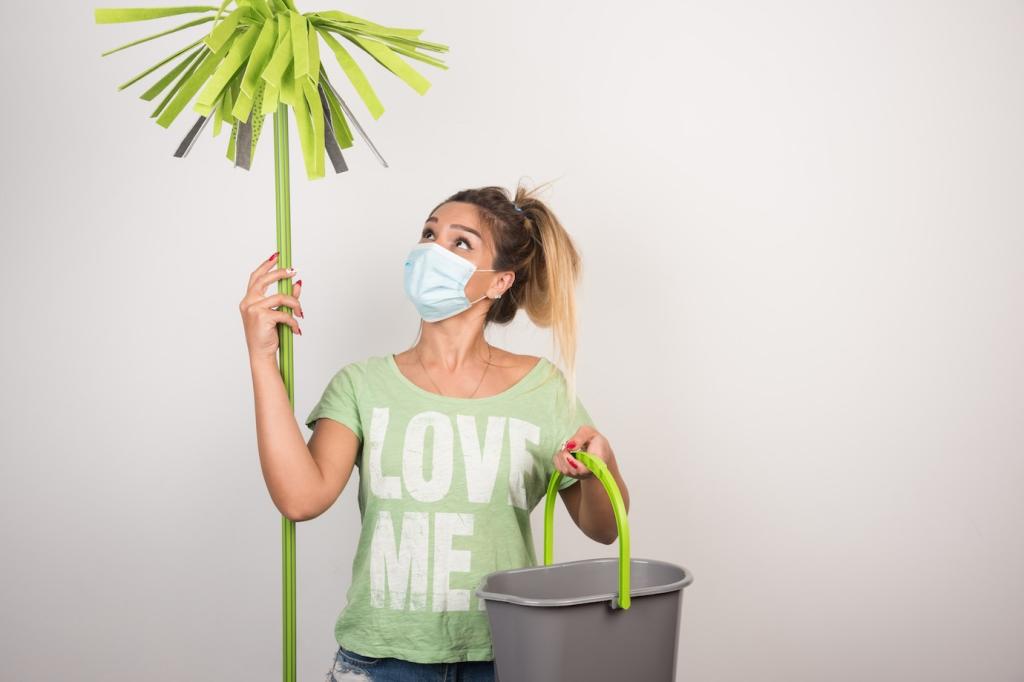Metal, Glass, and Stone: Low‑Impact Shine
For uncoated brass or copper, a gentle lemon‑and‑fine‑salt paste can lift tarnish—test first and rinse promptly, then dry thoroughly. Avoid acids on lacquered finishes. Microfiber cloths reduce scratching, and cotton swabs reach crevices. Share a before‑and‑after photo if this trick revives a favorite handle.
Metal, Glass, and Stone: Low‑Impact Shine
Mix equal parts distilled white vinegar and water with a drop of plant‑based soap, then wipe with a clean microfiber cloth. Squeegees prevent streaks on larger panels. Avoid overspray onto wood frames. If you have antique glass, test slowly—historic panes can mark easily yet still gleam beautifully.






